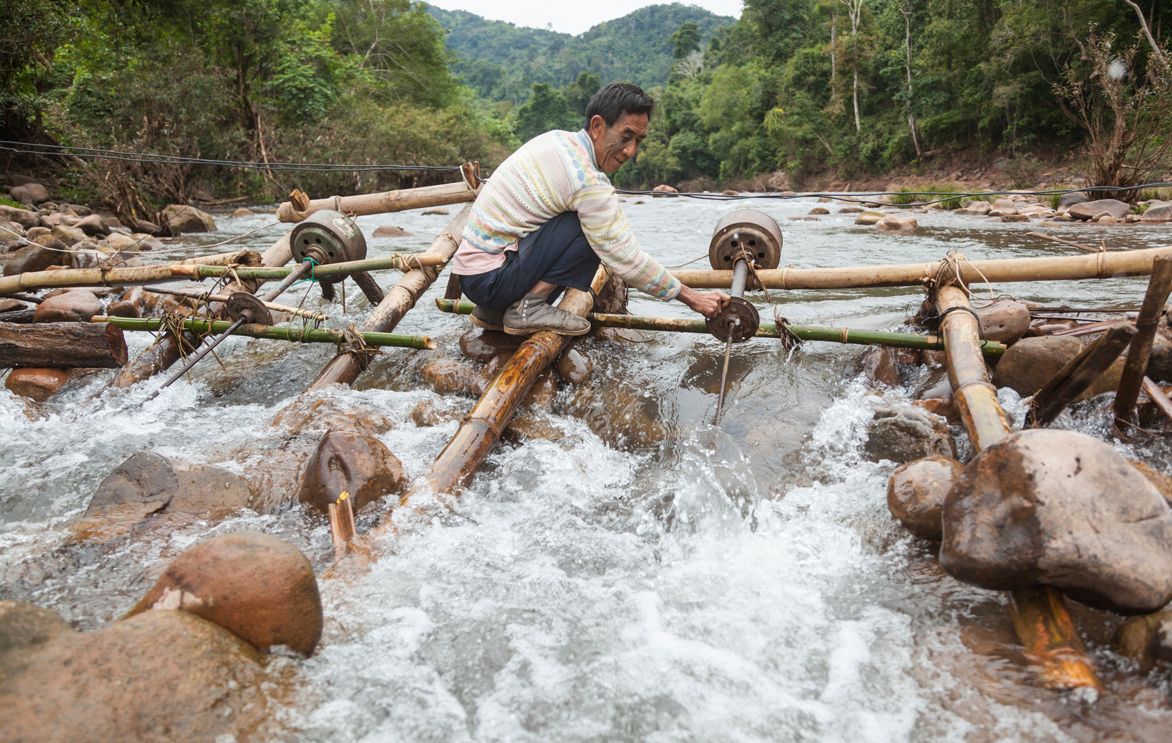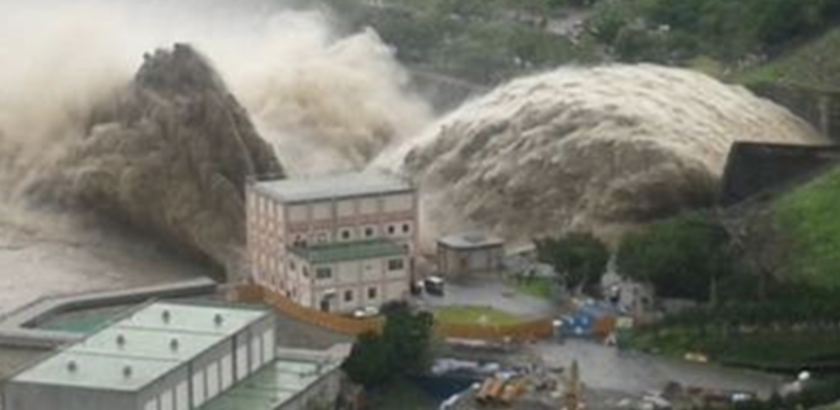Quantity of impervious surfaces such as buildings, roads, and parking lots, are often used as an indicator of the degree of urbanization and environmental quality in urban areas. Watersheds with high impervious surface coverage experience higher peak flows, decreased infiltration and recharge, and reduced baseflows in streams (Leopold, 1968). This causes streambeds to scour, resulting in loss and degradation of important ecological habitat in-stream and in riparian zones (Gillies, Brim Box, Symanzik, & Rodemaker, 2003).
However, the spatial distribution and connectivity of impervious surfaces as well as the characteristics of the area (e.g., soil conditions, slopes, precipitation patterns) also effect the quantity and quality of stormwater runoff (Jacobson, 2011). In effect, a landscape’s impervious area may be divided into two categories: those that drain to a pervious surface, and those that drain directly to the stormwater or stream network. Because of their direct contribution to storm flows, these directly connected impervious areas are reported to be a better indicator of hydrologic response, biologic integrity, stream alteration, and water quality than total impervious area. Despite this fact, few studies have developed simple and transferable methods for identifying these connected impervious areas. Better identification of impervious surfaces that contribute to stream degradation and alteration can then be directly linked to management actions, such as stormwater fees, tradable stormwater credits, or strategic stormwater management (Roy & Shuster, 2009).
This year, River Lab’s Anneliese Sytsma is working with ‘Reinventing The Nations Urban Water Infrastructure‘ (ReNUWIt) – an interdisciplinary, multi-institution engineering research center funded by NSF – to develop a simple and transferable methods of identifying these directly connected impervious areas and evaluate their role in reducing peak flows in urban areas. To do this, she is using combination of remote sensing, geospatial analysis in GIS, hydrologic analysis in ArcHydro, field survey, and stormwater modeling. She is testing her model in the Petaluma River Watershed, in Sonoma County, California.
Sources:
Gillies, R. R., Brim Box, J., Symanzik, J., & Rodemaker, E. J. (2003). Effects of urbanization on the aquatic fauna of the Line Creek watershed, Atlanta—a satellite perspective. Remote Sensing of Environment, 86(3), 411–422. https://doi.org/10.1016/S0034-4257(03)00082-8
Jacobson, C. R. (2011). Identification and quantification of the hydrological impacts of imperviousness in urban catchments: A review. Journal of Environmental Management, 92(6), 1438–1448. https://doi.org/10.1016/j.jenvman.2011.01.018
Leopold, L. B. (1968). Hydrology for urban land planning: A guidebook on the hydrologic effects of urban land use.
Roy, A. H., & Shuster, W. D. (2009). Assessing impervious surface connectivity and applications for watershed management. JAWRA Journal of the American Water Resources Association, 45(1), 198–209.


